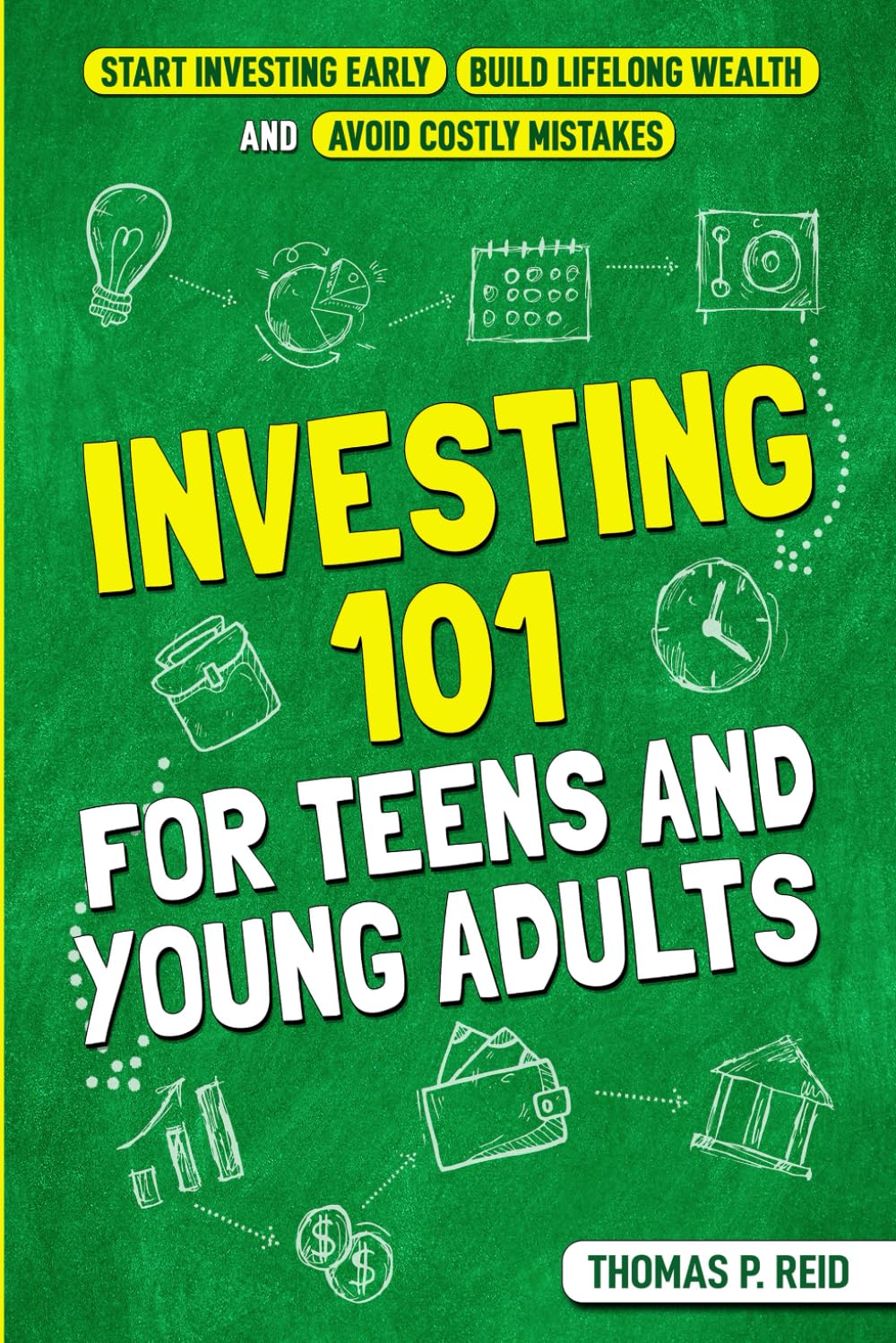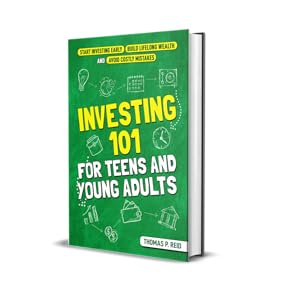I recently finished reading Investing 101 for Teens and Young Adults, and I found it to be an enlightening introduction to the world of investing. I’ve always had an interest in finance but often felt overwhelmed by the complexity of investing. This book was a perfect choice to help break down those barriers, especially for younger audiences eager to learn about financial independence and wealth-building.
What struck me the most was the straightforward approach the author took to demystify investing. The emphasis on starting young — as highlighted in the product description — is a crucial point. The earlier you embark on your investing journey, the more time your money has to grow, thanks to compound interest. It’s a powerful concept that can change one’s financial future.
One of the standout features of this book is its actionable nature. The emphasis on starting with just $50 makes investing feel accessible, not daunting. I appreciated how the author went into detail about various investment avenues, including stocks, index funds, and even cryptocurrency in a simple, digestible manner. This was one of the positives I found reflected in other readers’ feedback: the book’s clarity and practicality in tackling a complex subject.
However, I did notice some drawbacks during my reading. While the content is rich, a few sections felt slightly repetitive, especially when covering investing principles. This could have been streamlined for a quicker pace. Additionally, while the author does provide insights from legendary investors like Warren Buffett and Peter Lynch, there were moments where I wished for even deeper dives into their strategies and philosophies. It might have added more depth for readers who are ready for the next layer of understanding.
The book covers essential topics, such as avoiding scams and learning from common beginner mistakes, which are pivotal lessons. I couldn’t agree more with the idea that this is the kind of financial education teens and young adults so desperately need, yet often miss in school. The aim to "develop lifelong money confidence" resonates strongly with me, and I think the book does a fair job of preparing its audience for real-world financial situations.
The author’s friendly, no-nonsense tone makes it an enjoyable read. I found myself nodding along, relating to the practical advice and wishing I had this book when I was at that age. Investing is often shrouded in jargon and intimidation, but this book breaks it down without talking down to the reader. I felt empowered, and I believe anyone picking this up will feel the same.
In conclusion, Investing 101 for Teens and Young Adults was a rewarding read that met most of my expectations. I found the straightforward advice, practical steps, and motivational tone invaluable for anyone looking to kickstart their financial journey. While it has minor flaws, such as moments of repetition and opportunities for deeper insights, the overall content and approach are commendable. If you’re a teen or young adult (or even someone looking to refresh their investment knowledge), I wholeheartedly recommend giving this book a read. It’s a meaningful investment in your future!
“Discover the path to financial success with Investing 101 for Teens and Young Adults!” >>








